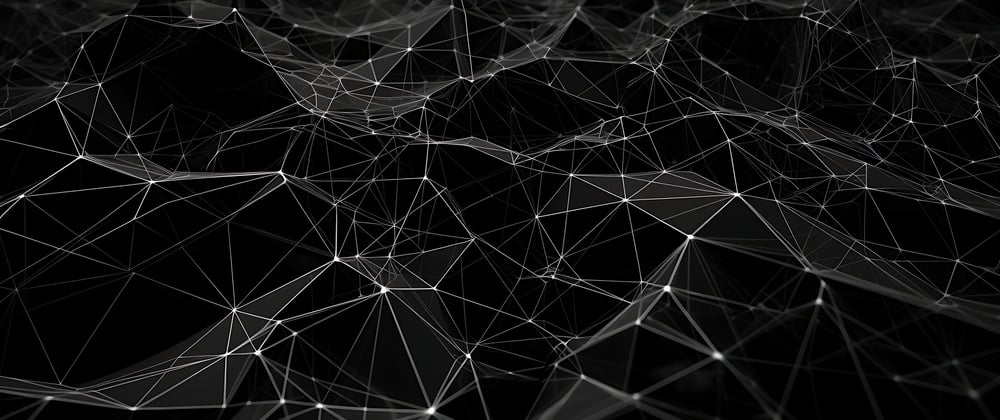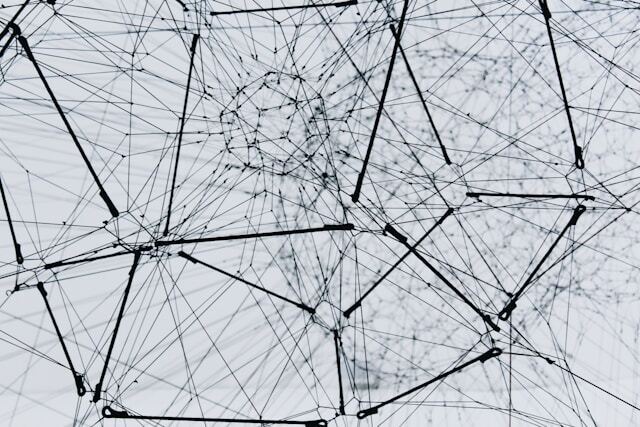Explore how Neural DSL’s automatic shape propagation catches dimension errors pre-runtime, alongside fixes that make deep learning development smoother.
Hey Dev.to folks! 🏊🏽♂️
I’ve been pouring my heart into Neural DSL, a domain-specific language (DSL) for crafting, training, and debugging neural networks without the usual headaches.
Our latest drop, v0.2.4 (March 23, 2025), is live, and the killer feature this time is Automatic Shape Propagation.
It’s like a pre-flight check for your tensor shapes,catching mismatches before they crash your runtime. Let’s unpack this, plus some other goodies from the update.
🌟 Automatic Shape Propagation: No More Shape Guessing
Ever debugged a RuntimeError: size mismatch at 2 AM? Me too.
Neural DSL’s ShapePropagator now auto-tracks tensor shapes through every layer, flagging issues before you hit run.
It’s baked into v0.2.4 and makes defining networks like this a breeze:
network MNISTClassifier {
input: (28, 28, 1) # Channels-last
layers:
Conv2D(filters=32, kernel_size=(3,3)) # Shape: (26, 26, 32)
MaxPooling2D(pool_size=(2,2)) # Shape: (13, 13, 32)
Flatten() # Shape: (5408)
Dense(units=128) # Shape: (128)
Output(units=10, activation="softmax") # Shape: (10)
loss: "sparse_categorical_crossentropy"
}
Run neural visualize mnist.neural --format html, and you get an interactive shape flow diagram.
No more manual math or surprise errors, v0.2.4 fixed in_features calculation (test test_model_forward_flat_input) to compute shapes before propagation overwrites them.
It’s a lifesaver for complex architectures.
🤏🏽 Other v0.2.4 Wins
Shape propagation shines, but the release also polishes rough edges:
Conv2D Fix (#427): PyTorch now uses channels-first (None, 1, 28, 28) properly, with TensorFlow data loader support added. Vision models just work.
Training Stability (#428): Swapped None loaders for mocked ones, added precision metrics, and optimized device selection (execution_optimization picks CPU/GPU automatically).
Optimizer Tests (#429): New MockDataset and MockDataLoader ensure edge cases don’t slip through.
These tackle core pain points—shape mismatches and debugging woes, straight from our Criticality vs. Impact table.
🤖 Get Started
Clone it, play with it, break it:
git clone https://github.com/Lemniscate-world/Neural.git
cd neural
pip install -r requirements.txt
neural run examples/mnist.neural --backend pytorch
👾 Join Us
Bugs linger (e.g., TensorFlow loader validation), but that’s where you come in.
Star us on GitHub, hit up Discord.
Your feedback drives this.
Comment below or ping me on Twitter @NLang4438.
Let’s make deep learning less painful together!
Full Changelog: v0.2.4






Top comments (0)